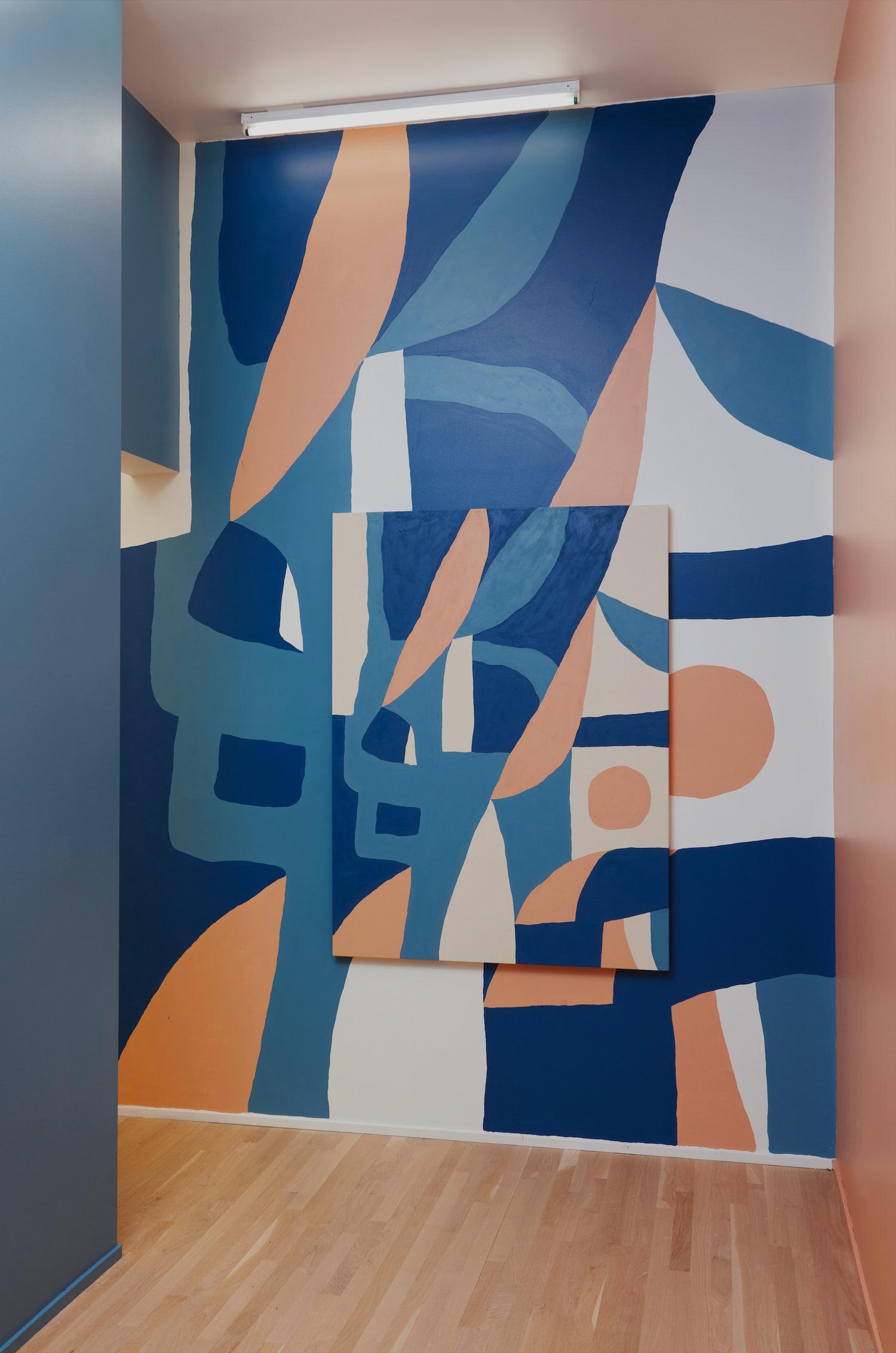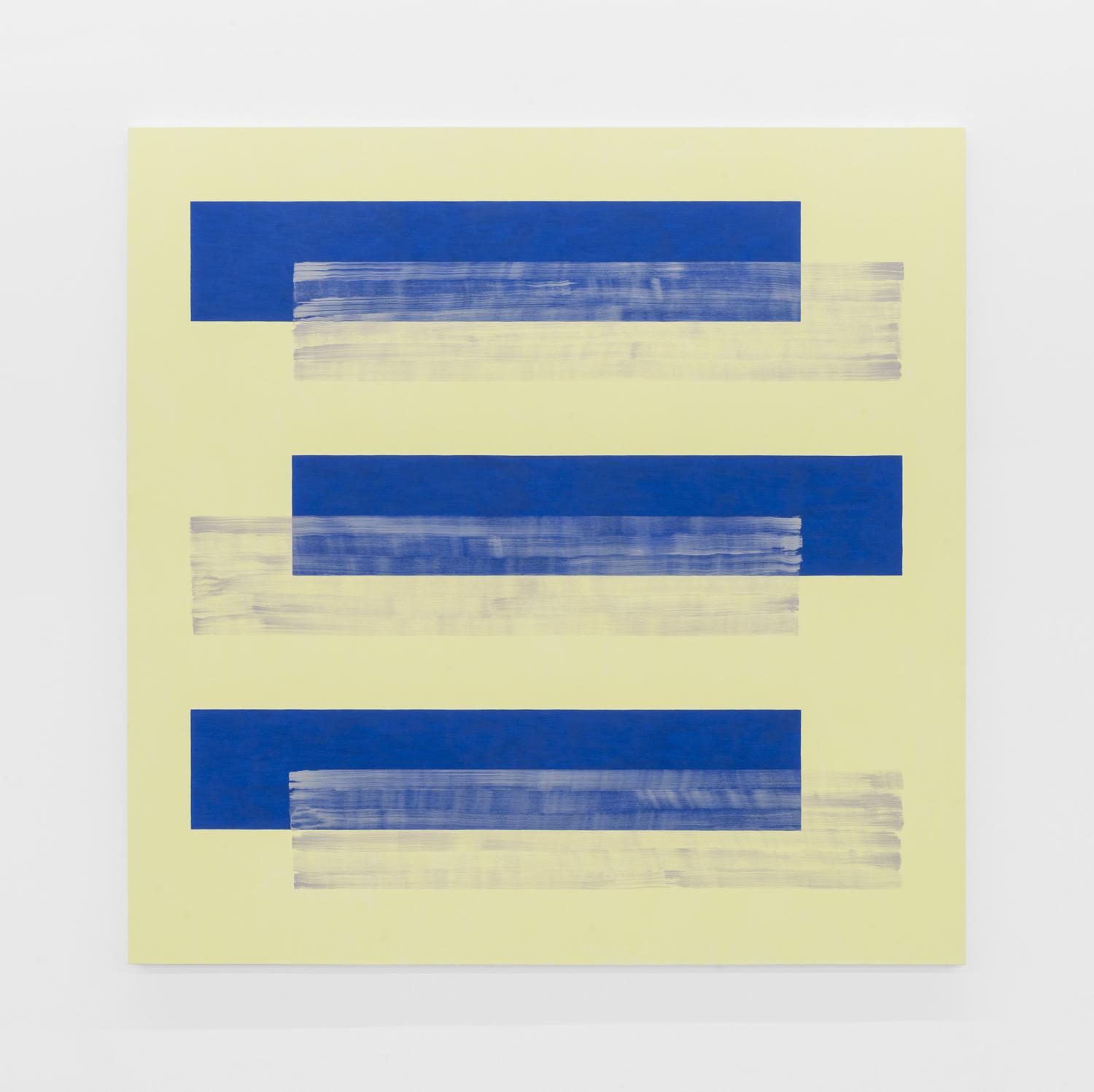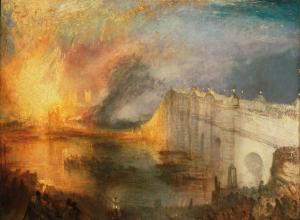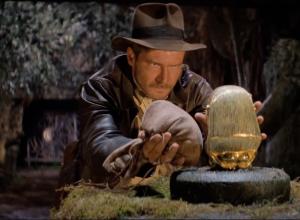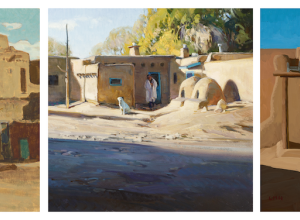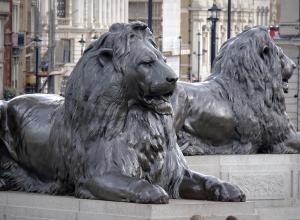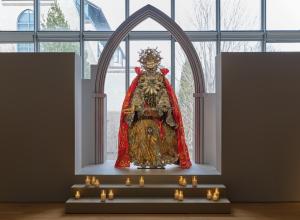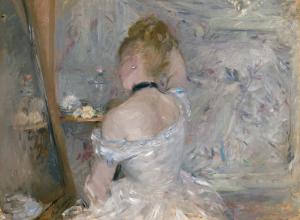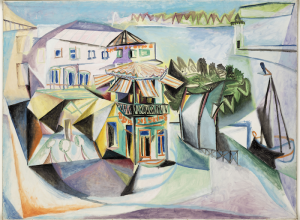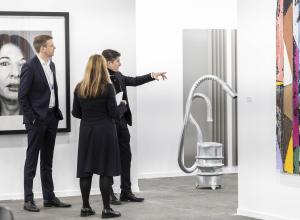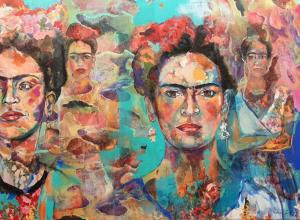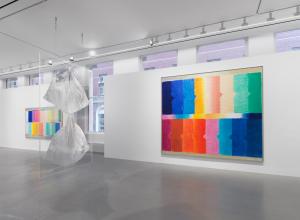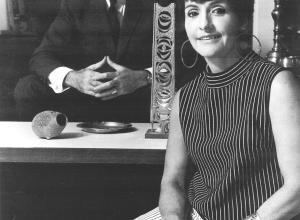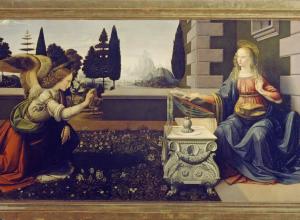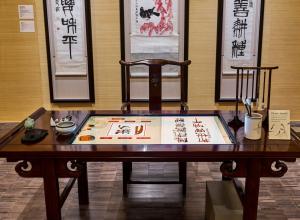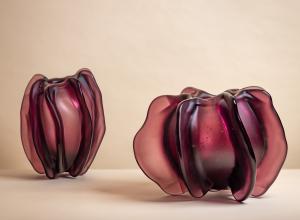Elise Ansel: Palimpsest
David Klein Gallery, Detroit
June 20–August 22, 2020
Best known for her gestural transformation of Old Master paintings by celebrated male artists, who have represented women in either an idealized or sexually objectified way, Elise Ansel uses the pictorial language of abstraction to communicate an equivalent point of view with a bit of a feminist twist. Having exhibited her improvisational interpretations of alluring works by such revered masters as Rembrandt, Rubens, and Vermeer at galleries in New York and London, the American artist was invited by the gallery to respond to works at the Detroit Institute of Art, which has an impressive collection of European art.
Besides beautifully translating classic canvases by Lorenzo de Caro and Nicolas Poussin and a 15th-century altarpiece by the Master of the St. Ursula Legend in the collection, Ansel found two masterpieces by female “Old Mistresses” that were ripe for multiple renewals. “Gesture breathes life into the paintings,” Ansel writes in a statement for the show’s e-catalogue, and her energetic painterly process takes Rachel Ruysch’s luscious still life painting Flowers in a Glass Vase and Artemisia Gentileschi’s portrayal of Judith and Her Maidservant with the Head of Holofernes to new, colorfully rich realms of artistic expression.







